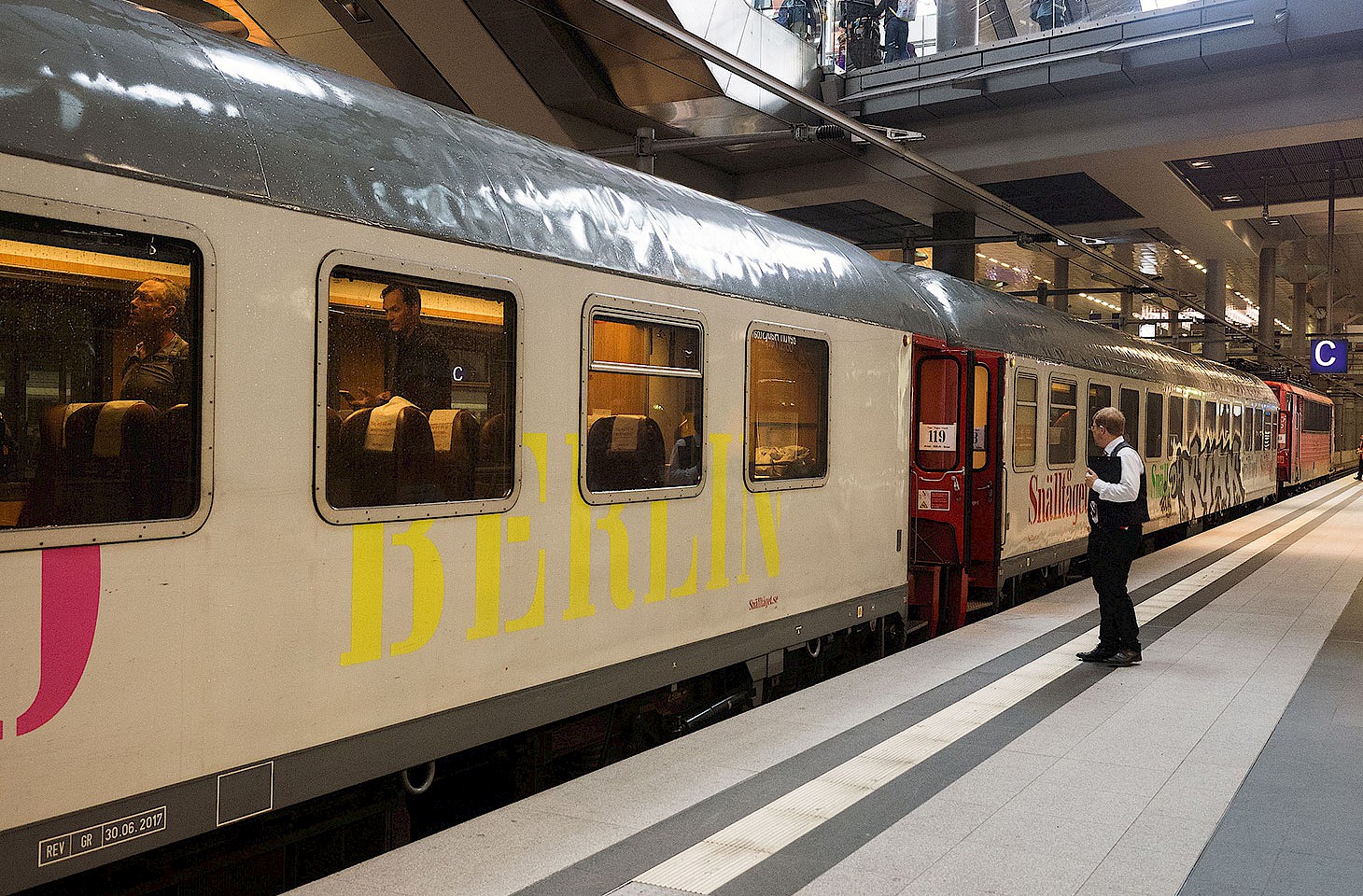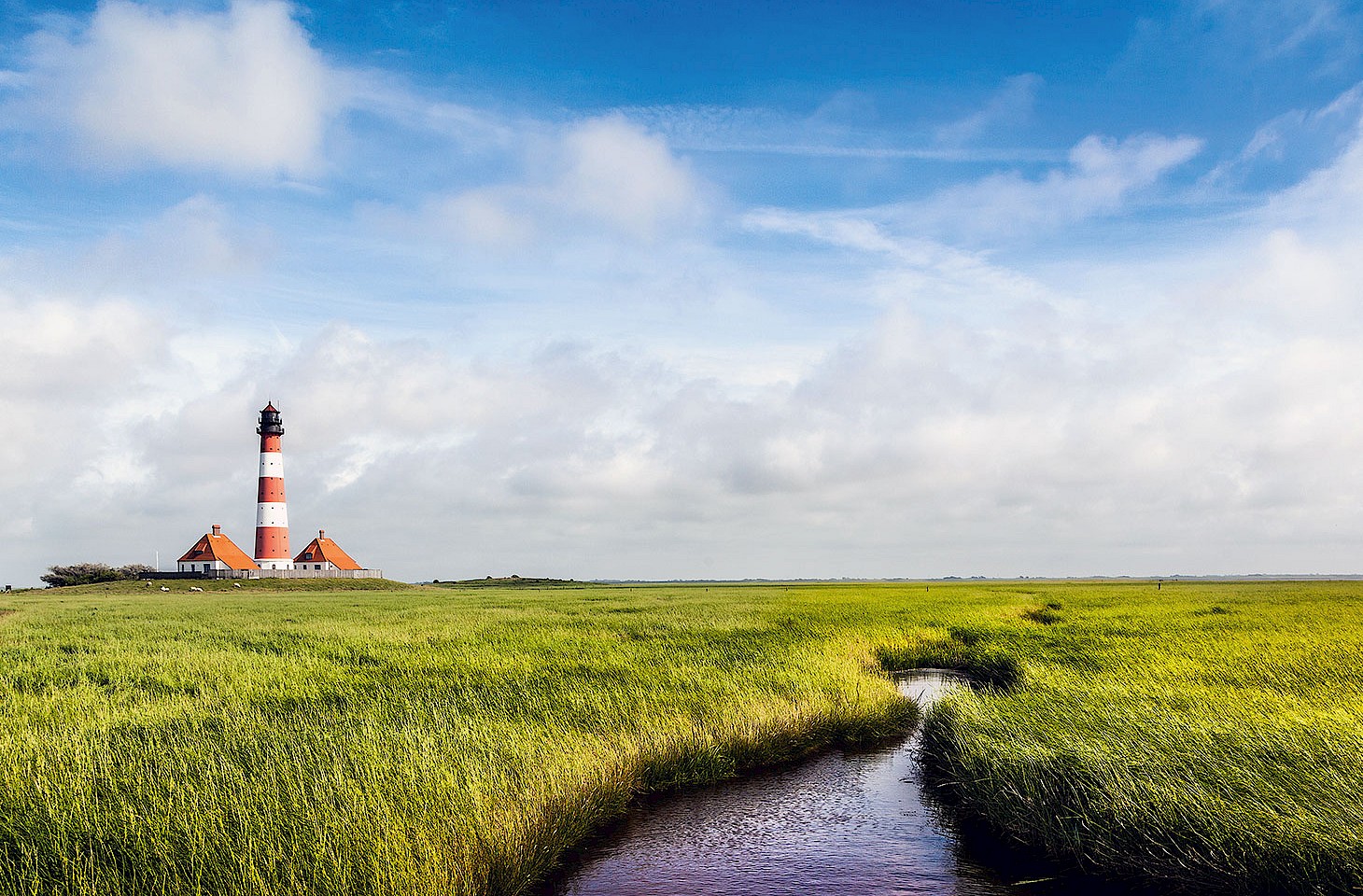There must be a thousand cays around the coast of Cuba, and in most respects Cayo Blanco del Sur is pretty unremarkable - a place where Caribbean surf washes up on white sandy beaches fringed by palm trees. Except for the fact that this particular island outpost was given by Fidel Castro to the German Democratic Republic (GDR) in June 1972. Or so the story goes! If it is true, then it is a geographical oddity of the first order.
Back in the early seventies, world leaders didn't make those flying state visits to foreign lands that are so common today. Fidel Castro left Havana on 2 May 1972 - taking care, it seems, to ensure that he was still in town for the traditional May Day rally. The Cuban leader did not get back to Havana until ten weeks later. During an extended tour of central and eastern Europe, Castro spent nine full days in the German Democratic Republic. Touched by the warmth of his reception in Berlin, Castro suggested that the GDR needed its own sun drenched Caribbean island and duly presented the Cayo Blanco del Sur to the German Democratic Republic. The island was promptly renamed Cayo Ernesto Thaelmann in honour of the former leader of the German Communist Party. And so it stayed.




